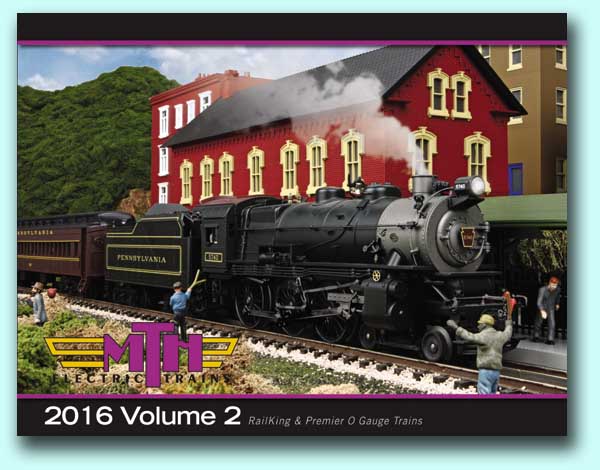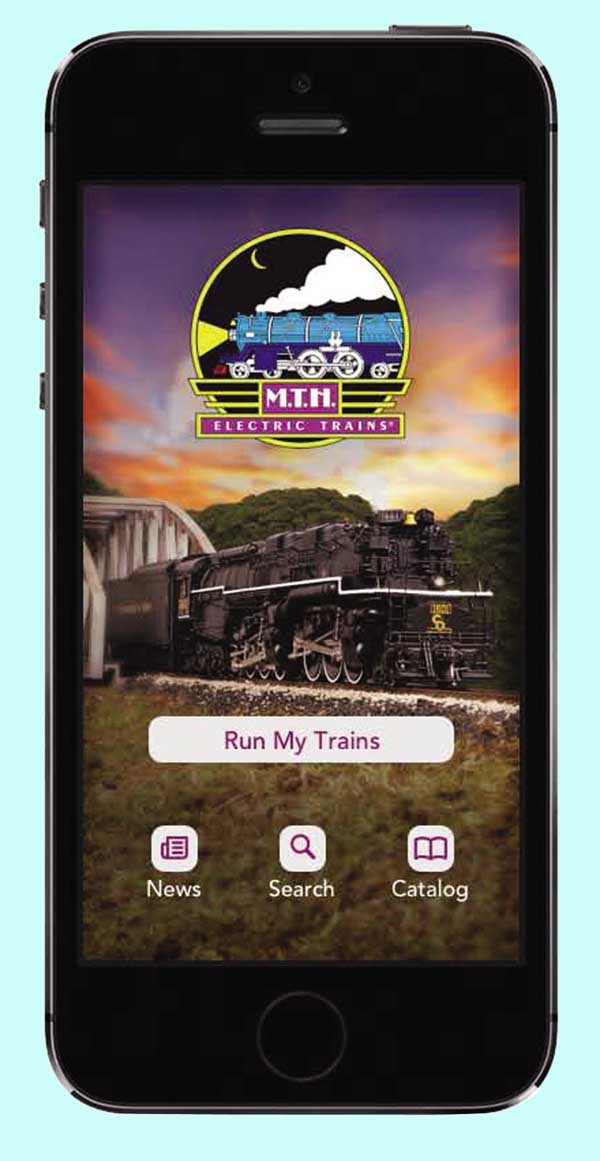 | |||||||
| |||||||
 Until the 1950s, the typical railroad tank car consisted of a tank strapped to a full underframe, similar to the frames of most other cars, and the maximum capacity was about 12,000 gallons. But in the second half of the century, tank cars underwent a fundamental change as the tank itself took on the dual role of carrying the load and supporting the car. "Frameless" or stub-sill tank cars became the norm, featuring larger-capacity tanks and just a stub frame at each end for attaching the trucks. Different designs evolved for different loads. One of the most distinctive is the funnel flow car with its "bent in the middle" shape, developed by the Union Tank Car Company (now UTLX Manufacturing Inc.) in the 1960s. Designed for liquids that can be unloaded by gravity (as opposed to pressurized unloading), the car is lower in the middle so the tank acts like a funnel to facilitate unloading. Our model replicates the shorter cars used for heavier liquids. Funnel flow cars that haul thick liquids such as asphalt, molten sulphur, and corn syrup also feature internal heating coils to warm the contents for faster unloading. Other popular loads include slurries — dry powders mixed with water to make them flow easier — of kaolin clay bound for paper plants and calcium carbonate used to make lime and cement. Other funnel flows serve the chemical industry. To prevent contamination, many of these cars are in dedicated service for one commodity or shipper. | 2016 Vol. 2 CatalogClick HERE to see it online. Click HERE To Get Quick Access To All Things M.T.H. With The New Smart Phone App | ||||||
| Follow Us On | |||||||
| © 2016 M.T.H. Electric Trains 7020 Columbia Gateway Drive, Columbia, MD 21046 (410)381-2580 | |||||||
Original Post







